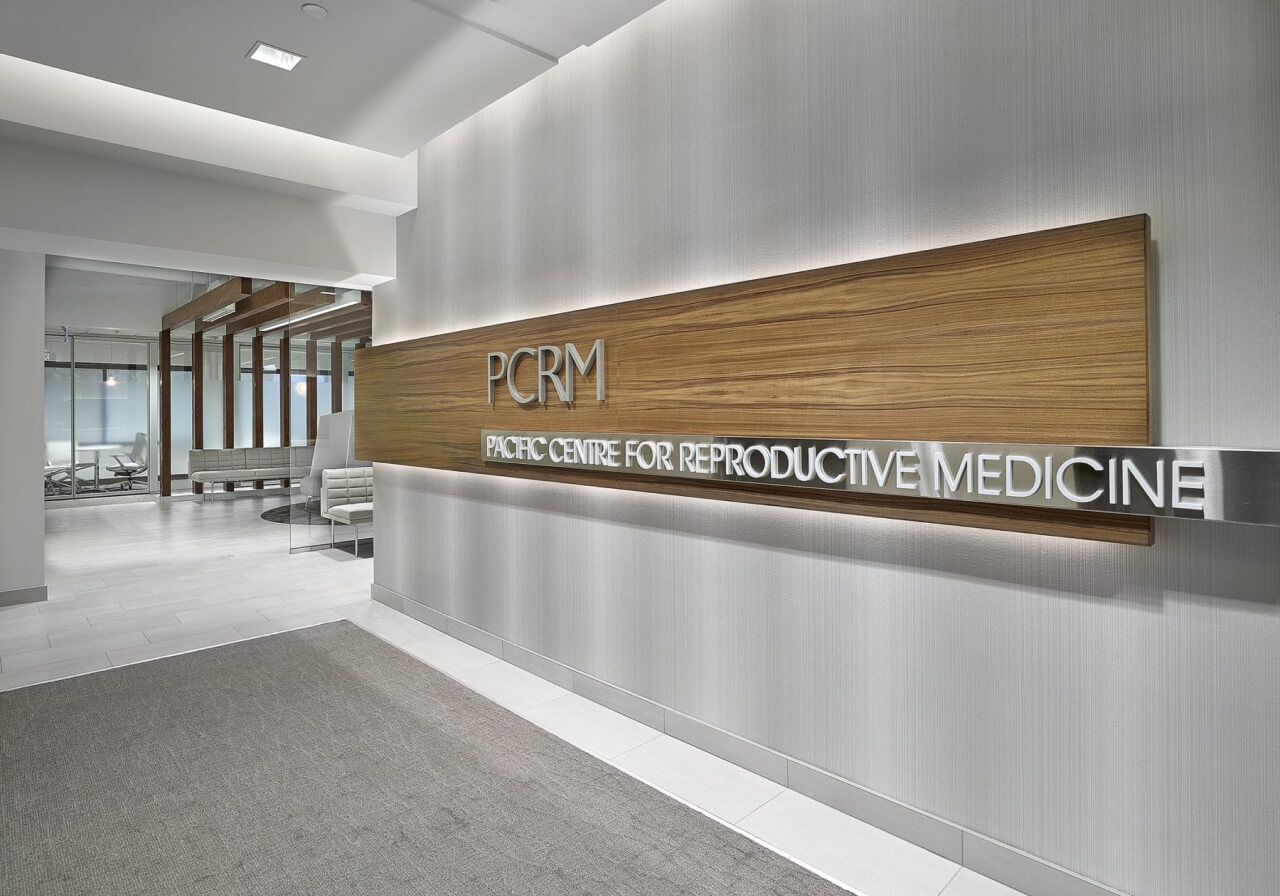The Evolution of Screening – Why FTS with PE screening plus NIPT Is the Most Comprehensive Fetal and Maternal Screen
What is NIPT?
NIPT determines with high accuracy the presence or absence of the most common chromosome differences: Down syndrome, trisomy 18, and trisomy 13. Although the technology behind NIPT is remarkable, it cannot assess the pregnancy for conditions other than specific chromosome differences. Thus, results from NIPT can be reassuring, but can still leave many questions about the baby’s health left unanswered. Learn more about NIPT.
What is FTS?
FTS determines with high accuracy the presence and absence of the same chromosome differences evaluated by NIPT. The difference is this: FTS involves an ultrasound to assess fetal well-being and development and maternal serum measurement of a placental protein (PAPP-A) and a pregnancy hormone (hCG).
Because of its broader approach to screening, FTS is able to detect concerns beyond the chance of fetal chromosome differences. FTS ultrasound, especially between 12 and 14 weeks, provides a good overview of the baby’s physical development and can detect birth defects unrelated to chromosome differences.
First trimester blood work gives insight into how the placenta is functioning. Maternal serum screening can be used to assess risks of complications related to the placenta that occur much later on in pregnancy. Intrauterine growth restriction, maternal hypertension, and pre-eclampsia are some of the conditions that have been associated with abnormal FTS blood work. At the beginning of 2020, additional markers and risk factors were incorporated to improve pre-eclampsia screening. Learn more about FTS.
What is PE screening?
Pre-eclampsia (PE) is a multisystem disorder that typically affects 2%–5% of pregnant women and is one of the leading causes of maternal and fetal morbidity and mortality, especially when the condition is of early onset. Globally, 76,000 women and 500,000 babies die each year from this disorder. PE causes high blood pressure and signs of damage to organ systems, usually the liver and kidneys. Due to scientific advancements, it is now recommended that all pregnant women should be screened for PE at 11 to 13+6 weeks gestation using a combination of maternal risk factors, ultrasound, blood pressure measurements, and blood test markers.
The benefits of TriO
The primary benefit of TriO is to have comprehensive and accurate screening information available early in the pregnancy. MSP-covered screens (IPS, SIPS, and Quad screening) require second trimester information to calculate the chance of a chromosome condition. Through TriO, a comprehensive picture of the pregnancy’s health will be available by the end of the first trimester.
To have screening results earlier in pregnancy has both emotional and medical benefits. In the very likely event of normal results, early reassurance is provided. In cases of positive or abnormal results, you can access diagnostic procedures earlier or seek specialty consultations or treatment earlier.
PCRM offers several options for prenatal screening, including first trimester screening (FTS), non-invasive prenatal testing (NIPT), pre-eclampsia screening (PE), and a combination of the three (TriO). The following table summarizes what each prenatal screening option offers.


